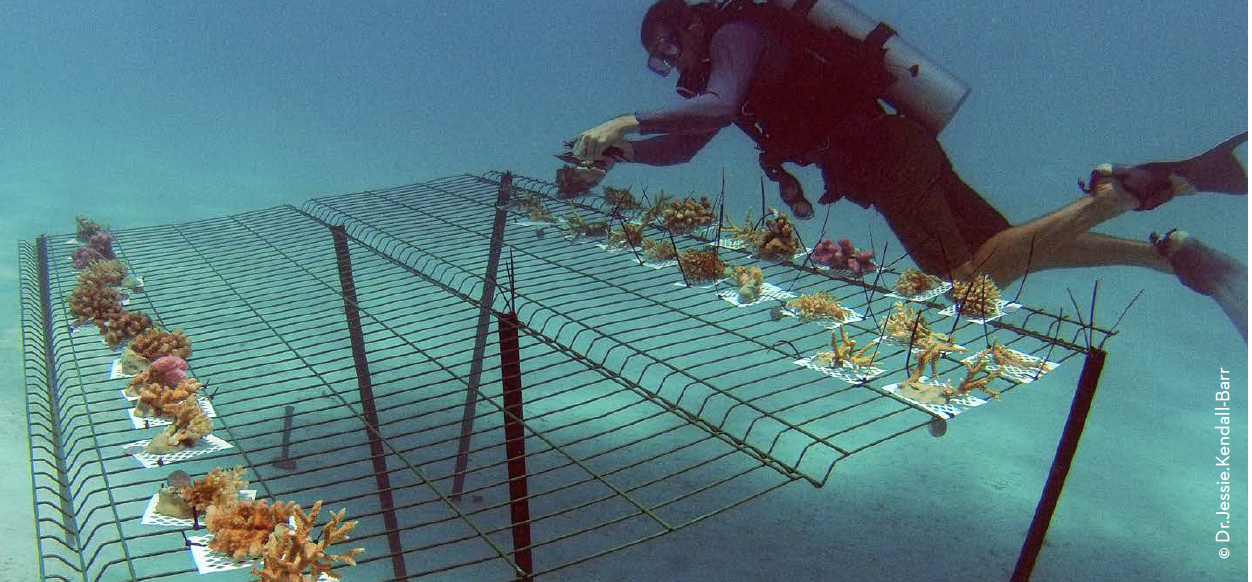Results and impacts of the UCSC Coastal Resilience Lab – Valuing risk reduction services provided by coastal ecosystems

Summary
The Coastal Resilience Research Lab at the University of California Santa Cruz (UCSC) informs the case for the protective value of nature as a cost-effective strategy to help reduce risk to people and property. In many cases, a mix of natural and built solutions can be optimized to both save money and provide benefits in coastal protection, fish production, carbon sequestration, and recreation. By focusing on how decision makers plan, finance and insure new development and infrastructure investments, this work will transform adaptation approaches to current and future risks.
This case study is an abridged version of the original text in the report Adapting Coastal Cities and Territories to Sea Level Rise in North America – U.S. West Coast: Challenges and Leading Practices which can be downloaded from that weADAPT article. Please access the original text for more detail, research purposes, full references, or to quote text.
Objectives
The main goal of the Coastal Resilience Lab is to advance innovative solutions for building coastal resilience that benefit both people and nature. To meet this goal, the Lab collaborates with many partners including:
- Public and private risk managers to value nature and identify incentives to insure ecosystems and to invest in them in hazard mitigation and disaster recovery efforts.
- Engineering firms and agencies to design and calculate the benefits of natural solutions by updating engineering models to include wetlands, forests and floodplains, engineering firms will be able to include nature in the designs they offer their clients; and
- Development Banks to value the benefits of nature in national economics.
Methods and Tools
The Lab, in collaboration with TNC and IH Cantabria, is working internationally to quantify and build tools to assess the role that mangroves, coral reefs, oyster reefs and wetlands play in reducing risks and providing coastal protection. This work aims to incorporate nature into disaster risk reduction, coastal development, and climate adaptation strategies to address flooding, erosion, and storms. Meanwhile, several projects are deployed along the U.S. West Coast of the U.S.
In collaboration with USGS and with support from OPC, the Lab leads a quantitative evaluation of the socio-economic benefits of nature-based adaptation options in San Mateo County. The lab is also working alongside USACE to examine gaps and opportunities between Nature-based Solutions and risk science, risk models, and risk transfer tools globally, nationally, and within California. This work will allow for the development of approaches that fill these gaps and improve the incorporation of nature-based adaptation into risk assessments and finance.
Results
The work of Lab has demonstrated that:
- The significant flood reduction benefits provided by coral reefs, mangroves, and marshes can be rigorously and globally valued.
- The restoration of these habitats can provide cost-effective defense.
- This knowledge supports innovative habitat restoration solutions on the ground.
- Insurance and Ecosystem-based Adaptation can be aligned.
- The Lab has published multiple peer-reviewed papers and reports on coastal risks and nature-based defenses.
Outcomes and Impacts
Factors of success include that:
- Public disaster recovery funds are used to restore natural defenses.
- Natural defense benefits are used in risk models to inform incentives for risk reduction.
- Innovative new products such as reef and resilience insurance are expanded to reduce risk with natural defenses.
- The natural defense values of habitats are included in national economic indicators and development bank financing. In delivering these outcomes, the aim is to ensure that billions of dollars in public and private risk and recovery funding are invested in cost effective natural defenses and to build coastal resilience, naturally.
Suggested Citation:
Case study is taken from the following report which can be cited as follow: Ocean & Climate Platform. (2023). Adapting Coastal Cities and Territories to Sea Level Rise in North America – U.S. West Coast: Challenges and Leading Practices. Ocean & Climate Platform. 56 pp.
(0) Comments
There is no content